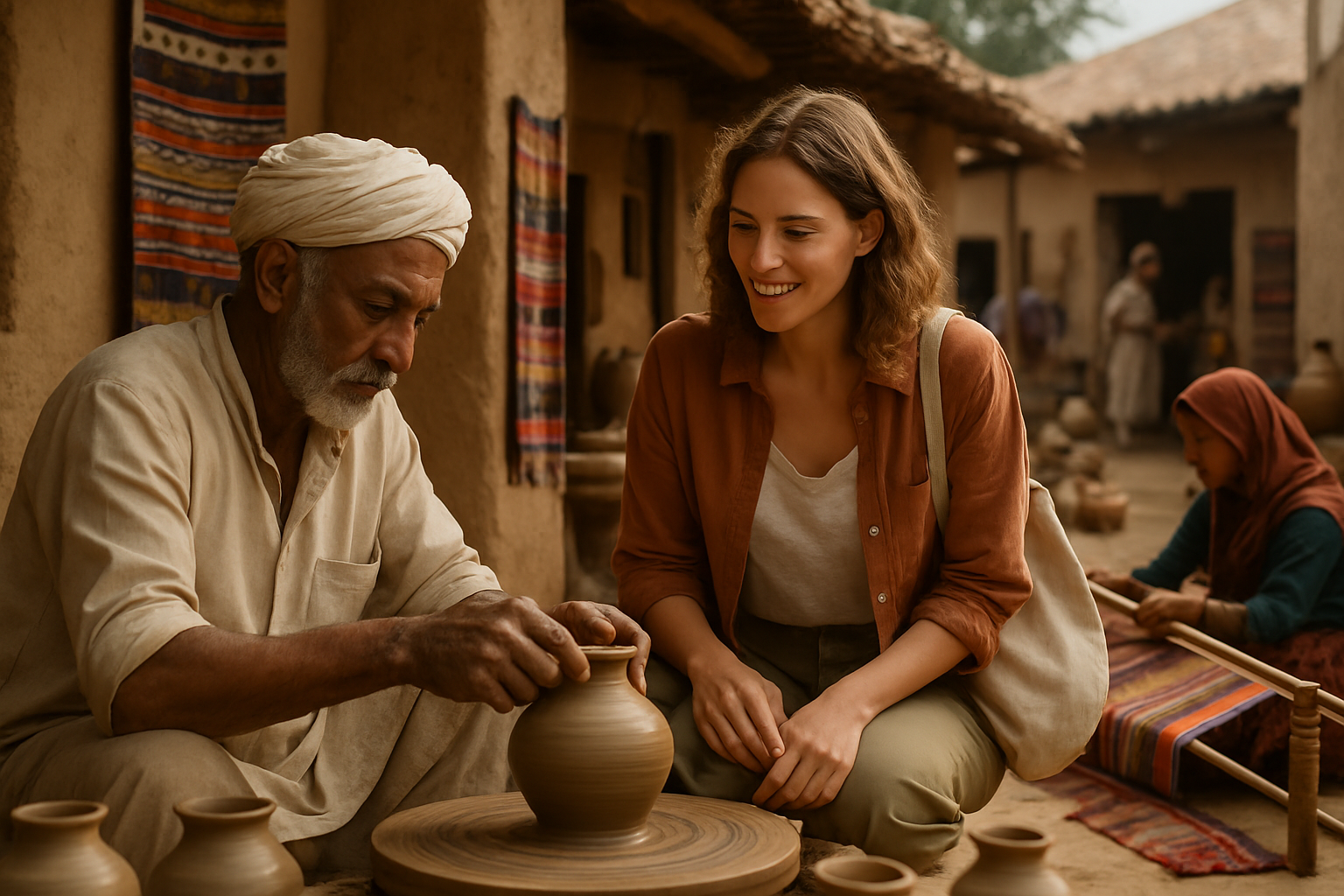The Unexpected Influence of Micronesian Weaving on Modern Design
In the vast tapestry of global art and design, an unexpected thread has emerged, weaving its way into the fabric of contemporary aesthetics. Micronesian weaving, a centuries-old craft from the remote islands of the Western Pacific, has quietly but profoundly influenced modern design trends across multiple disciplines. This article explores the surprising journey of this ancient art form from isolated atolls to the forefront of global design consciousness.

The techniques and motifs varied across the different island groups, with each region developing its own distinctive style. For instance, the geometric patterns of Marshallese mats differ significantly from the figurative designs found in Yapese weaving. This diversity of approaches within the broader Micronesian tradition has provided a rich well of inspiration for modern designers.
From Obscurity to Global Recognition
For centuries, Micronesian weaving remained largely unknown outside the Pacific region. However, in recent decades, a combination of factors has thrust this art form into the global spotlight. Increased academic interest in Pacific cultures, coupled with the rise of social media and global artisan marketplaces, has exposed a wider audience to the beauty and complexity of Micronesian weaving.
Designers and artists from various fields have begun to take notice, drawn to the unique aesthetics and sustainable practices inherent in Micronesian weaving. This newfound appreciation has led to collaborations between Micronesian weavers and international brands, as well as the incorporation of Micronesian-inspired elements in fashion, interior design, and even architecture.
Influence on Contemporary Fashion
The fashion industry has been particularly receptive to the influence of Micronesian weaving. High-end designers have incorporated elements of traditional Micronesian patterns and techniques into their collections, creating a fusion of ancient craft and modern style. This trend has extended beyond mere aesthetic appropriation, with some fashion houses partnering directly with Micronesian artisans to create authentic, ethically sourced pieces.
These collaborations have not only brought Micronesian weaving to the runways of Paris and New York but have also provided economic opportunities for weavers in their home communities. The resulting designs often blend traditional motifs with contemporary silhouettes, creating garments that are both culturally rich and fashion-forward.
Impact on Interior Design and Architecture
The influence of Micronesian weaving extends well beyond the realm of fashion. Interior designers have begun incorporating Micronesian-inspired textiles and patterns into their work, bringing a touch of Pacific Island aesthetics to homes and commercial spaces around the world. From woven wall hangings to custom-designed rugs, these elements add texture, warmth, and a sense of handcrafted authenticity to modern interiors.
In architecture, the principles of Micronesian weaving have inspired innovative building techniques and facade designs. Some architects have drawn inspiration from the structural integrity of woven mats to create buildings with interlaced exterior elements, blending form and function in a nod to Micronesian craftsmanship.
Sustainability and Cultural Preservation
One of the most significant aspects of Micronesian weaving’s influence on modern design is its emphasis on sustainability and cultural preservation. In an era of increasing environmental awareness, the traditional practices of Micronesian weavers offer valuable lessons in sustainable material sourcing and production methods.
Many designers drawn to Micronesian weaving techniques are also committed to preserving and promoting the cultural heritage behind the craft. This has led to initiatives aimed at documenting traditional weaving methods, supporting Micronesian artisans, and educating consumers about the cultural significance of the designs they’re purchasing.
Challenges and Controversies
As with any instance of cultural exchange in the design world, the adoption of Micronesian weaving techniques and motifs has not been without controversy. Questions of cultural appropriation and the commodification of indigenous art forms have arisen, prompting important discussions about ethical design practices and fair compensation for traditional knowledge.
Some critics argue that the commercialization of Micronesian weaving risks diluting its cultural significance or divorcing the craft from its spiritual and social contexts. Others contend that, when done respectfully and in partnership with Micronesian communities, this global interest can help revitalize and sustain traditional practices that might otherwise be lost.
The Future of Micronesian Influence in Design
As the influence of Micronesian weaving continues to grow, it raises intriguing questions about the future of global design. Will we see a deeper integration of Pacific Island aesthetics across various design disciplines? How will the ongoing dialogue between traditional craft and modern design evolve?
What is clear is that the unexpected journey of Micronesian weaving from remote islands to the global stage has enriched the world of design in profound ways. It serves as a powerful reminder of the potential for cross-cultural inspiration and the enduring relevance of ancient crafts in our modern world.
As designers, consumers, and cultural observers continue to engage with this rich tradition, the tapestry of global design grows ever more diverse and interconnected. The story of Micronesian weaving’s influence is far from over; indeed, it may be just beginning to unfold in exciting and unexpected ways.





